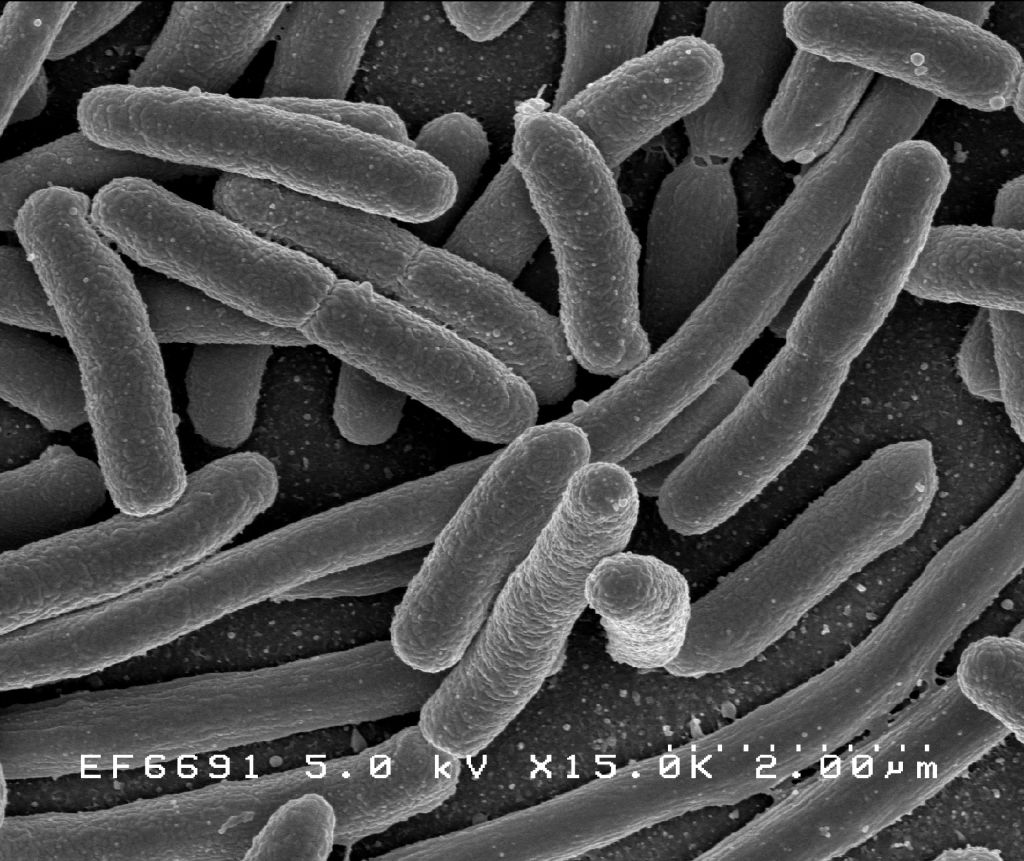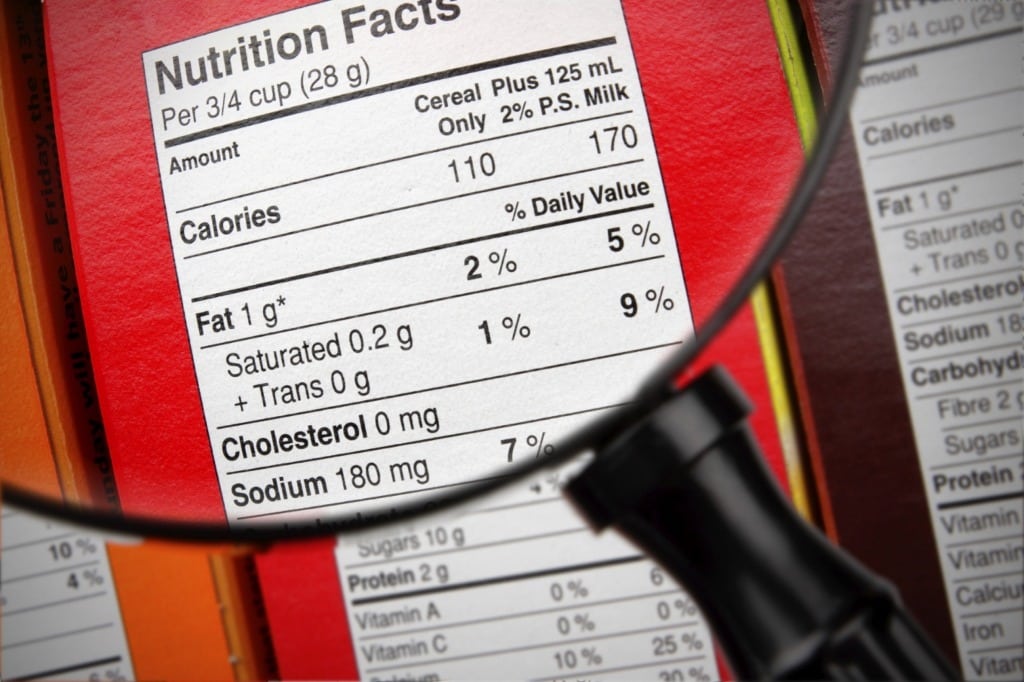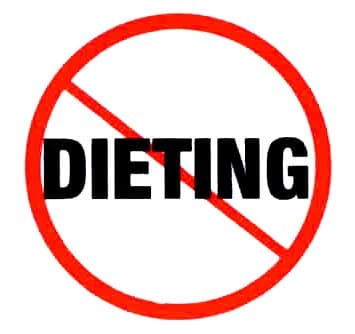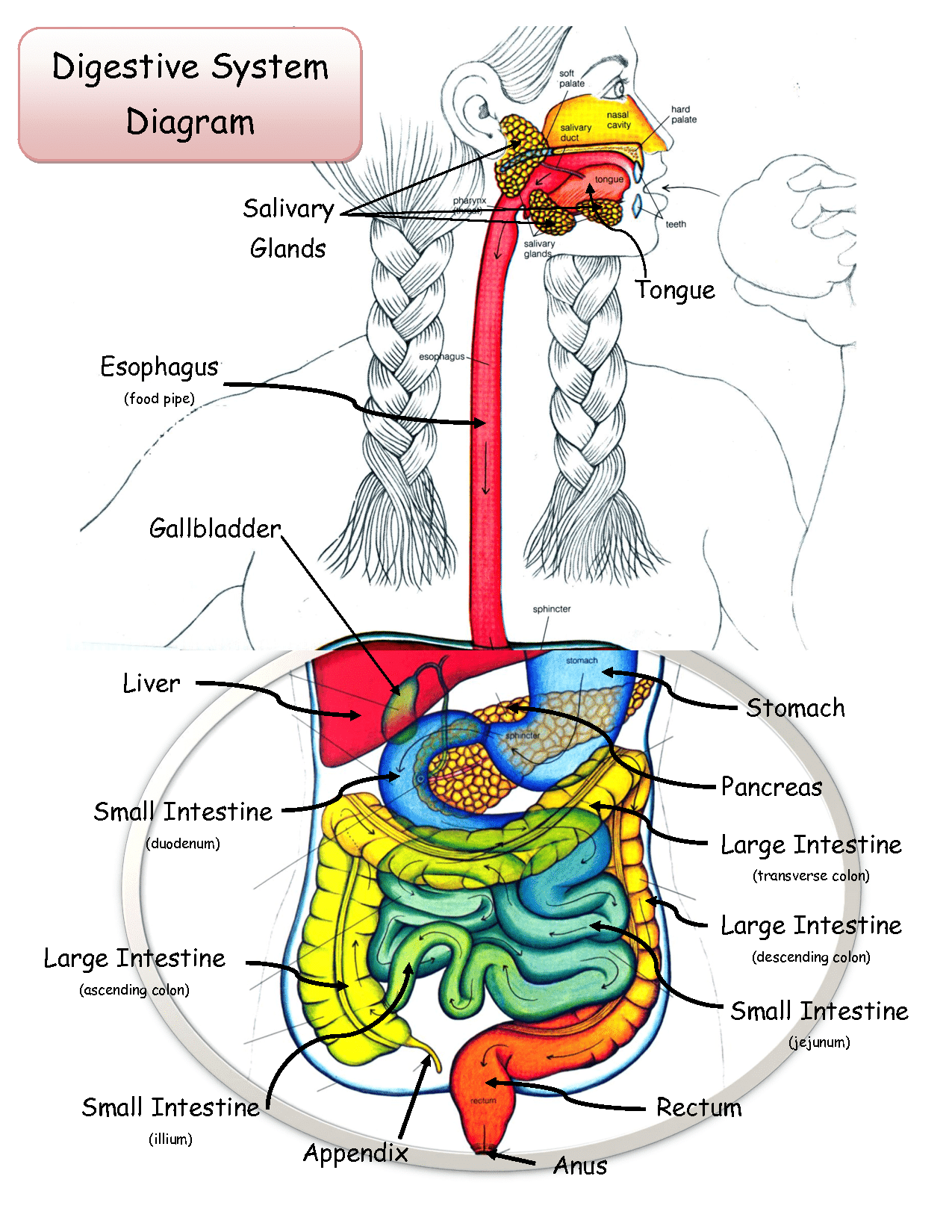Vegetable Protein Sources for the Average Vegetarian
Vegetable Protein Sources Vegetable protein isn’t hard to find. In fact, it’s probably already in your house, disguised. I am a pescetarian. I am not a vegan, but I was once. I stopped because it was too hard to stay healthy without eating tons of sugar and it was very difficult to avoid eggs and … Read more






